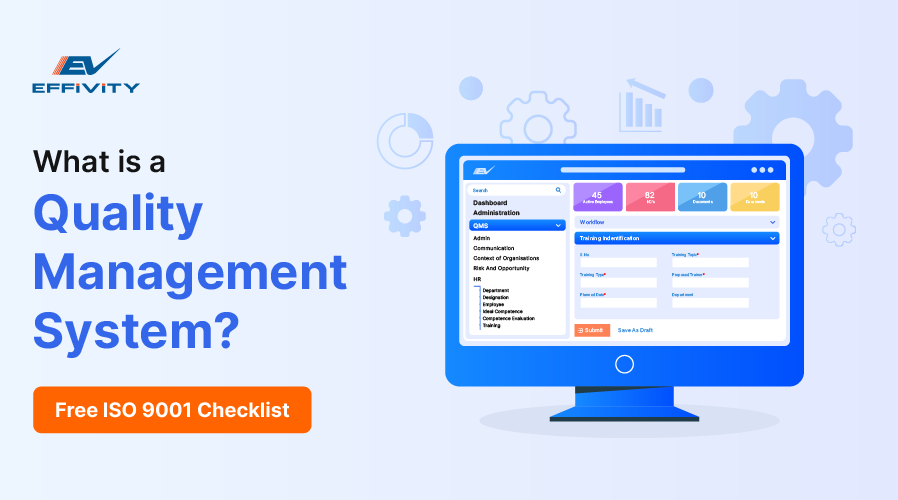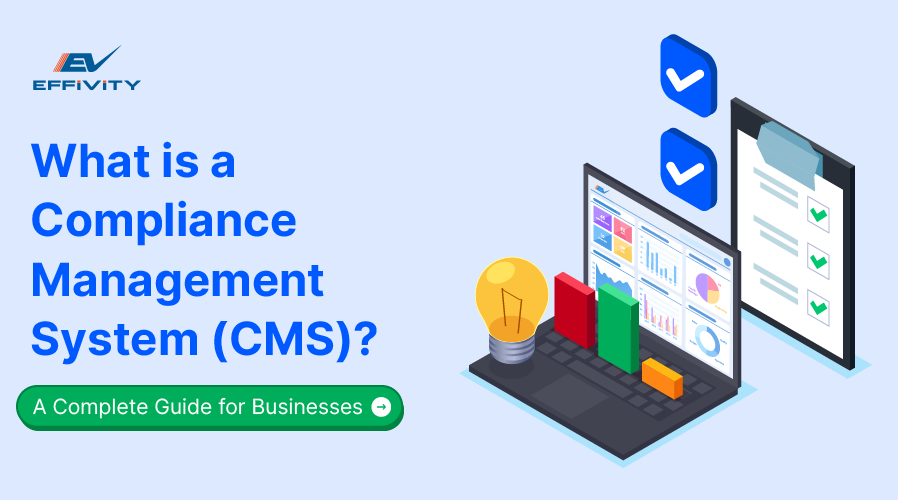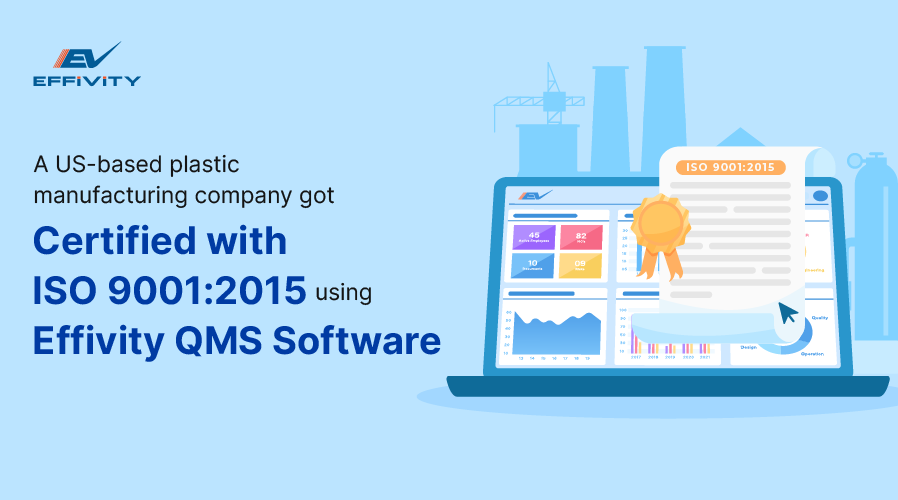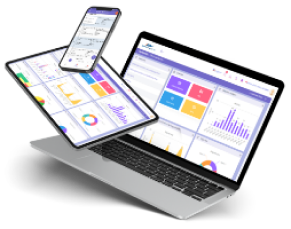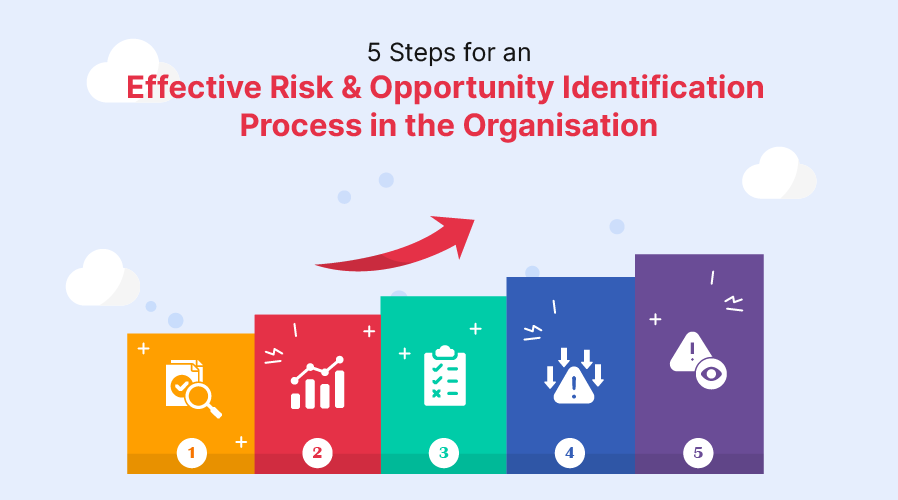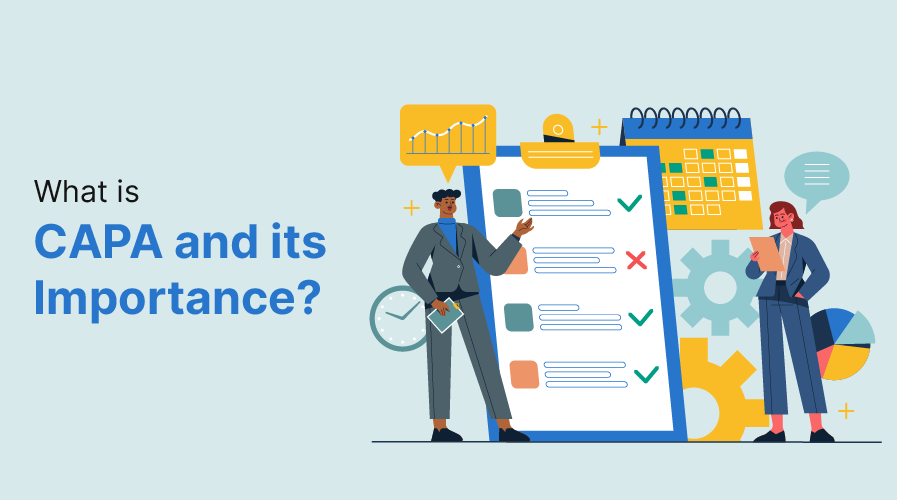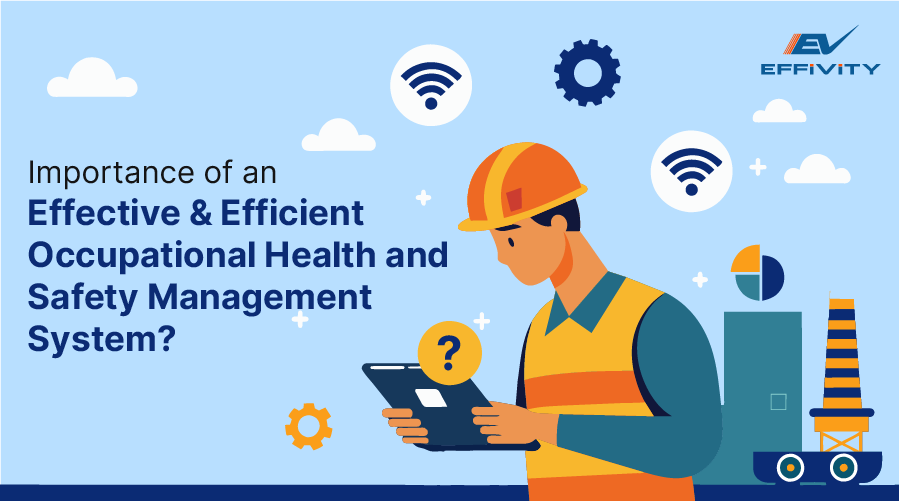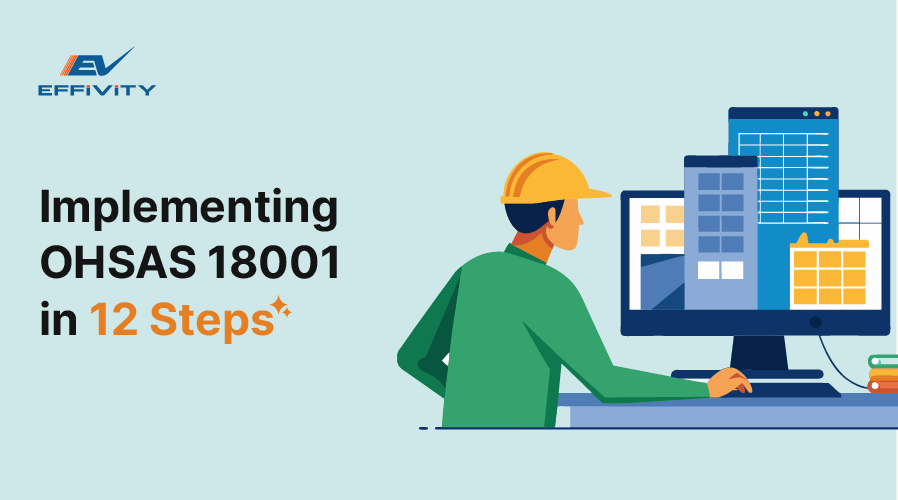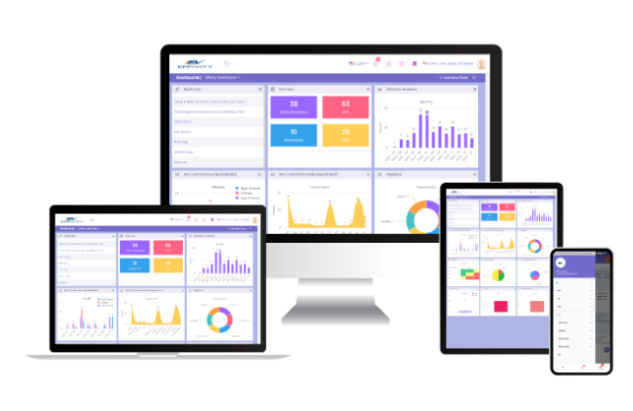Every business has aspirations to improve, scale, and expand. Most have an ideal view of what their operations, productivity levels, and profits should look like. But the reality is that this vision is just that—an ideal.
More often than not, there is some sort of difference between where a company is and where it aspires to be (or a gap, if you will).
Countless external and internal factors affect a company’s performance. However, this is no reason to get disheartened. Several tools and practices exist to help businesses find the right balance between where they currently stand and where they strive to be.
This is where gap analysis comes in. It is a valuable process that allows you to identify areas of improvement and which areas to fine-tune.
In this article, we take a deep-dive into the gap analysis definition, how to conduct it, why it’s essential, and how gap analysis templates and tools can help.
What is a Gap Analysis?
Gap analysis refers to the study of how well a business or project is performing and what steps to take to improve it in the future. Companies in any industry understand what carrying out a new project is like. No matter how much planning goes into it, there is always an assessment that needs to be conducted post-execution to confirm whether you are meeting requirements or not.
As the name suggests, it compares the current place you are in with where you intend to be. The aim, then, is to “close the gap” between the two. This is crucial to assess your progress and determine which adjustments must be made. Gap analysis studies many different perspectives, such as business processes, information technology, customer experience, product management, business direction, and more.
How is Gap Analysis Used?
Several factors could impact the performance of a company’s procedures and processes. These include resource planning, technology, capital investments, organizational structure, employee training, market conditions, customer satisfaction, and more.
Here’s an example. Say your company has just launched a new product, but your sales did not meet the projected numbers. A gap analysis would help you determine where it went wrong in such a situation. You would have to start by identifying, documenting, and assessing projected and actual sales differences.
This data could then be further analyzed to find gaps—was the marketing insufficient? Were customer demands not met? Were there defects in the product itself? After identifying the problem, the necessary teams can take steps to rectify it and bridge the gap.
The Steps to Perform Gap Analysis
1. Gather Data
The first step to conducting a successful gap analysis is to collect all the facts. This phase includes gathering accurate quantitative and qualitative information regarding your systems, operations, and other performance measures. It is also when stakeholders can be consulted to obtain insight and guidance on current problems and possible solutions.
2. Define the Objectives
Once you have gathered the necessary information, the next step is clearly defining your objectives or goals. These could include the future state of your operations, targets you want to hit, better customer retention and loyalty rates, and more. Evaluating industry standards and practices is vital to see where you stand. Many online templates are available where companies can record their projects, objectives, and current state.
3. Identify Discrepancies
The next step is to identify discrepancies between the first two steps, i.e., where your project or business currently lies and where it needs to be. In this step, it is also important to prioritize gaps. This refers to identifying which ones most affect your goals and determining how they can be bridged.
4. Devise Action Plans
Next, it is time to create a plan of action. This starts by finding the root cause of the gaps you identified earlier. Afterwards, companies must discover specific and unique solutions to address each concern in the long and short term. The action plan must include detailed timelines, proper resource allocation, and more.
5. Monitor and Review Changes
After implementing your changes, you must track and monitor your progress to determine whether the measures are effective. As the plan progresses, you can continuously take steps to adjust and improve it as you go, depending on the situation.
Best Practices for Effective Gap Analysis
When conducting gap analysis, it is crucial to ensure you do the following:
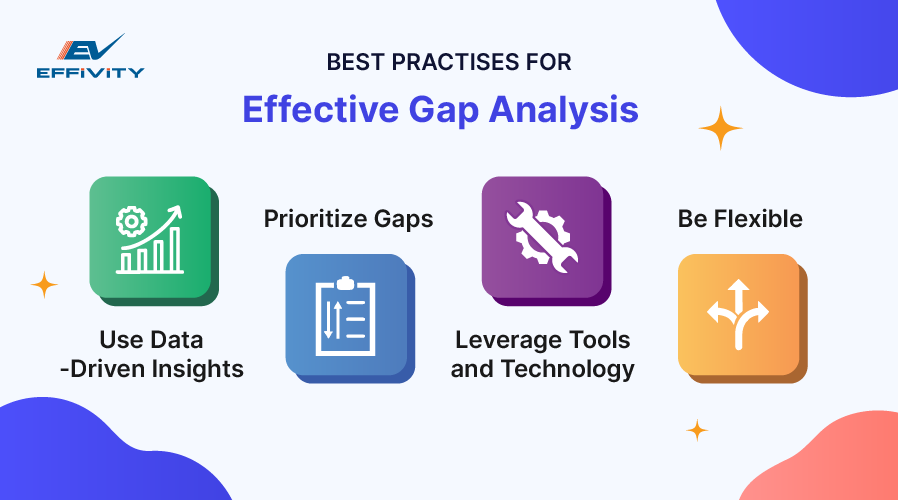
1. Use Data-Driven Insights
Basing your decision-making on accurate data and numbers can help you to reach a more effective and reliable result.
2. Prioritize Gaps
It is important to prioritize gaps that have the most significant impact on your business. Resolving these first can effectively prevent future problems and help you achieve your goals more quickly.
3. Leverage Tools and Technology
Several tools exist to help companies close the gap between their current and ideal state. Countless software and technological solutions can be utilized for data collection and analysis, monitoring, identification, and more. Leveraging these can help improve gap analysis and resolution.
4. Be Flexible
Being flexible is a significant factor in successful gap analysis and resolution. Sometimes, even when you implement solutions to close the gap, new external and internal factors can cause setbacks. In such situations, it is necessary to leave some wiggle room to adjust your plan to move forward.
Wrapping Up
Gap analysis is a significant tool in helping businesses to achieve their goals. It can also be a vital tool in achieving ISO certification. The International Organization for Standards offers companies a globally recognized framework to enhance their operations, quality management, and product quality through a commitment to high international standards.
ISO gap analysis refers to reviewing an organization’s systems and how closely they meet ISO-specific standards. Businesses can then identify any non-conformities and take action to close these gaps. Are you looking to get ISO certified?
Consider Effivity for your management system. Our QMS software helps to schedule, conduct, and track audits, provides superior document control, can automate repetitive tasks and important notifications, and more. To get started, visit the website today!

